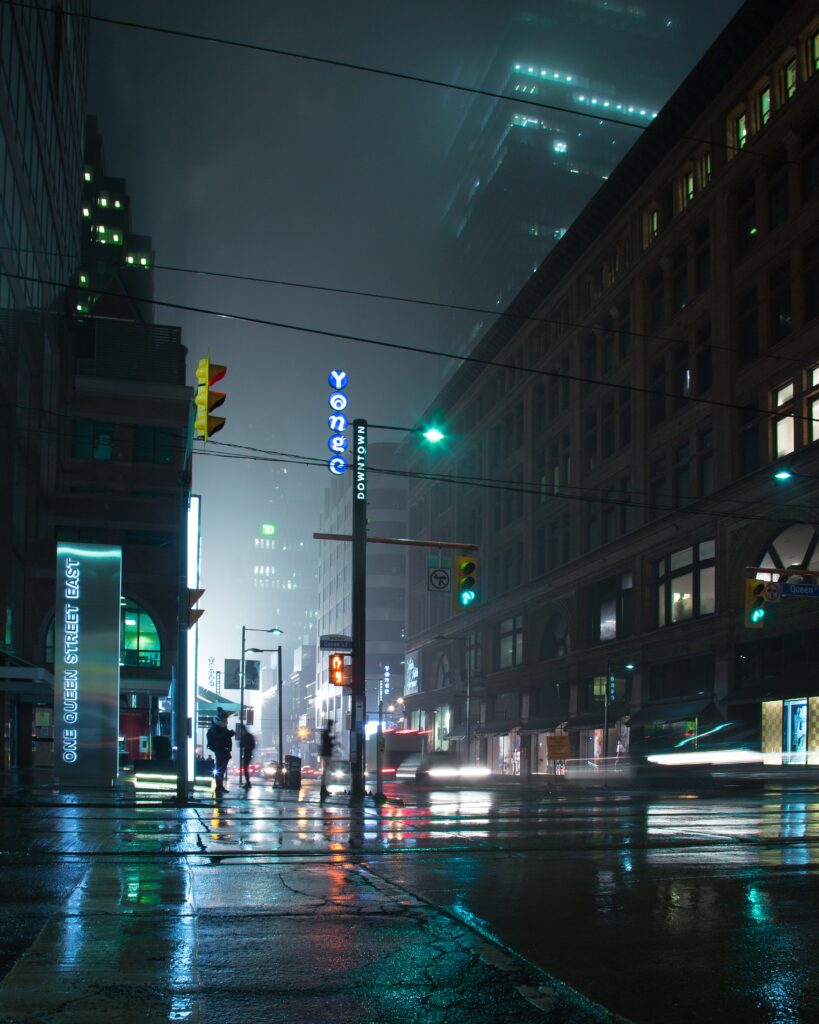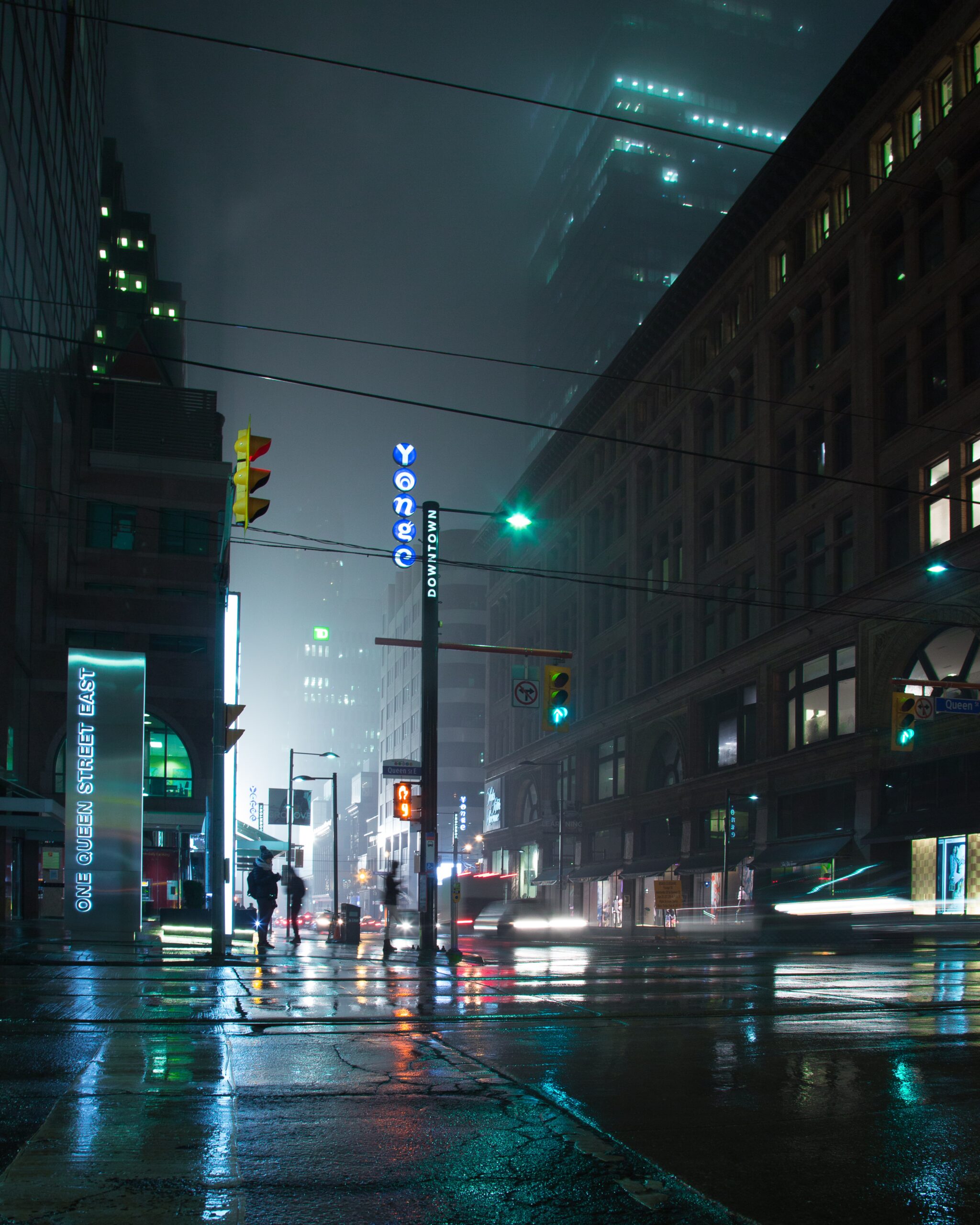In the heart of Philadelphia’s historic Old City, a 7,000-square-foot mosaic titled “Skin of the Bride” has become the center of a six-year legal battle. Created by artist Isaiah Zagar, the mosaic covers three sides of the former headquarters of the Painted Bride Art Center, and is a dazzling display of swirling patterns, forms, and inscriptions. However, the mosaic is scheduled for demolition next year to make way for a contemporary tower that will house short-term rental units or residential apartments. This decision has ignited a debate over the balance between preserving public art and addressing the urgent need for housing in the city. The story raises questions about urban space and who has the authority to make decisions about its use.

The Swirling Philadelphia Mosaic
Introduction to the mosaic and its significance
In the heart of Philadelphia’s historic Old City, there exists a vibrant and mesmerizing mosaic that has captured the attention and admiration of both locals and tourists alike. Created by renowned artist Isaiah Zagar, the mosaic, known as “Skin of the Bride,” adorns the former headquarters of the Painted Bride Art Center. With its swirling patterns, intricate details, and colorful tiles, the mosaic stands as a testament to the artistic expression and creativity that thrives within Philadelphia’s art scene.
Description of the mosaic
The “Skin of the Bride” mosaic covers three sides of the 20-foot building, spanning an impressive 7,000 square feet. Composed of thousands of tiles and mirrored fragments, the mosaic showcases a tapestry of forms, inscriptions, and imagery that both celebrates the uniqueness of the individual and pays homage to the city itself. From depictions of a person in mid-jump to a bird gracefully floating on the water, the mosaic seamlessly weaves together abstract and representational elements, inviting viewers into a world of wonder and mystery.
The artist behind the mosaic – Isaiah Zagar
Isaiah Zagar, the visionary artist responsible for the creation of the “Skin of the Bride” mosaic, has long been a prominent figure in Philadelphia’s art scene. Over the course of his career, which spans over five decades, Zagar has left an indelible mark on the city, having created more than 200 works of art throughout various neighborhoods. His distinctive style combines elements of mosaic, painting, and found objects, resulting in dynamic and visually striking pieces that reflect his love for Philadelphia and its communities.
The history and creation process of the mosaic
The “Skin of the Bride” mosaic was a labor of love for Isaiah Zagar, who dedicated most of the 1990s to its creation. Drawing inspiration from the local community and Philadelphia’s rich cultural heritage, Zagar meticulously pieced together the mosaic, tile by tile. The process involved gathering an assortment of tiles, mirrors, and other materials, each one carefully considered and strategically placed to create a harmonious composition. Zagar’s process is not only a testament to his artistic skill but also to his deep connection with the community and his desire to share his art with the city.
Importance and impact of the mosaic on the community
The “Skin of the Bride” mosaic holds immense significance for both the local community and the wider Philadelphia art scene. As one of the city’s most prominent public art installations, the mosaic has become a beloved landmark and a source of inspiration for countless individuals. It has served as a backdrop for celebrations, a gathering place for community events, and a symbol of Philadelphia’s vibrant artistic spirit. The mosaic’s presence has fostered a sense of pride and ownership among the city’s residents, highlighting the power of public art to bring people together and create a shared sense of identity.
The Housing Crisis in Philadelphia
Overview of the housing crisis in Philadelphia
Like many cities across the United States, Philadelphia is grappling with a housing crisis that has left many of its residents struggling to find affordable housing. As the population continues to grow and demand for housing increases, the city is faced with the challenge of providing adequate and affordable housing options for all its residents.
Shortage of affordable housing in the city
One of the key issues contributing to the housing crisis in Philadelphia is the shortage of affordable housing. Limited availability and rising costs have placed a significant burden on low-income individuals and families, leaving many with no choice but to live in substandard conditions or face homelessness. The lack of affordable housing options not only affects those directly impacted but also has broader implications for the city’s social and economic well-being.
The need for new housing developments
In response to the housing crisis, there is a growing consensus that the city needs to invest in new housing developments to meet the demand for housing. By increasing the housing supply, it is believed that prices will stabilize, and more affordable options will become available to residents. However, the process of developing new housing is complex and often met with various challenges and opposition.
Tensions between housing development and preservation of art
One particular challenge that has emerged in the context of Philadelphia’s housing crisis is the tension between the need for new housing developments and the preservation of existing art, such as the “Skin of the Bride” mosaic. While housing development is crucial in addressing the housing shortage, it raises questions about the fate of public art installations and their value to the community. This dilemma highlights the competing priorities of development and preservation and requires careful consideration and decision-making.

The Legal Battle over the Mosaic
Announcement of the sale of the Painted Bride Art Center
The fate of the “Skin of the Bride” mosaic became uncertain when the Painted Bride Art Center announced its plans to sell its building and focus solely on art projects. The sale of the building set in motion a series of events that would ultimately determine the future of the mosaic and its place in the community.
Stakeholders involved in the fate of the mosaic
As news of the sale spread, various stakeholders emerged, each with their own interests and concerns regarding the fate of the mosaic. Philadelphia’s Magic Gardens, a nonprofit organization founded by Isaiah Zagar, played a crucial role in advocating for the preservation of the mosaic. Nearby residents’ groups, the Philadelphia Historical Commission, and the architect of the new residential building were also key stakeholders involved in the discussions and decision-making process.
Architect’s plan to preserve the mosaic
In an effort to accommodate both the development of the new residential building and the preservation of the mosaic, architect Shimi Zakin presented a design that would raise the building’s height beyond the limits set by the Old City neighborhood. His proposal aimed to retain the “Skin of the Bride” mosaic by incorporating it into the new structure, thus allowing the artwork to coexist with the development.
Complaints and objections from residents and neighboring building owner
Despite the architect’s efforts to find a compromise, complaints and objections were raised by area residents and the owner of a neighboring building. Concerns ranged from the impact of a taller building on the neighborhood’s character to the potential loss of views and natural light for surrounding properties. These objections added another layer of complexity to the ongoing legal battle surrounding the mosaic’s fate.
Philadelphia court overturns zoning board ruling
In a significant development in the legal battle, a Philadelphia court overturned a ruling by a local zoning board that had initially granted an exception to the height limit. The court’s decision stated that the zoning board had exceeded its authority, highlighting the importance of due process and adherence to regulations in decisions regarding development and preservation.
Revised plans for demolition of the art center
Following the court’s decision, architect Shimi Zakin revised his plans for the demolition of the Painted Bride Art Center. The new proposal involves the tear-down of the art center and the construction of a contemporary six-story building in its place. While the revised plans mark a departure from Zakin’s original vision of preserving the mosaic, they reflect the realities of the legal and logistical challenges involved in the project.
The Dilemma: Preservation vs. Development
The tension between preserving artwork and constructing new buildings
The case of the “Skin of the Bride” mosaic exemplifies the age-old debate between the preservation of artwork and the need for urban development. As cities experience growth and face housing crises, decisions must be made about how to balance these competing priorities. While the preservation of art is valued for its cultural and historical significance, development is seen as essential for addressing housing needs and promoting economic growth.
Examples of artwork preservation and destruction in other cities
This tension between preservation and development is not unique to Philadelphia. Cities around the world have grappled with similar dilemmas, resulting in both the successful preservation of artworks and the tragic destruction of cultural heritage. The cases of the 10-panel mural at the University of California, San Francisco, and the spray-painted mural of Nelson Mandela in Roxbury, Mass., serve as examples of both the triumphs and failures in negotiating this delicate balance.
Partial preservation of Zagar’s mosaic
Despite the impending demolition, there is hope for the preservation of at least parts of the “Skin of the Bride” mosaic. Architect Shimi Zakin has expressed his intention to salvage and relocate sections of the mosaic to other locations. While this may not fully retain the mosaic’s original form and context, it does offer a glimmer of hope for preserving some of its beauty and artistic value.
Regret from Isaiah Zagar about the loss of his artwork
Isaiah Zagar, the artist behind the “Skin of the Bride” mosaic, has expressed profound regret about the loss of his artwork. With his deep connection to Philadelphia and his passion for creating art in collaboration with the community, Zagar views the destruction of the mosaic as a missed opportunity for future generations to experience its transformative power. His regret underscores the emotional toll that the loss of public art can have on artists and the communities they serve.
Opposition to the architect’s plan for higher building
While some view the architect’s revised plans as a necessary compromise, there is opposition to the construction of a taller building. Groups like the Franklin Bridge North Neighbors argue for the preservation of at least a portion of the mosaic, pointing out that a less expensive, shorter building could still comply with zoning rules. This opposition reflects the desire to find alternative solutions that prioritize artistic preservation while also addressing the need for housing.
Proposals for saving parts of the mosaic
Various proposals have emerged in an effort to save parts of the “Skin of the Bride” mosaic. Suggestions range from preserving the Vine Street side of the mosaic, which would allow for a less expensive building that complies with zoning rules, to finding alternative locations in the city to relocate sections of the artwork. These proposals aim to strike a balance between development and preservation, acknowledging the value of the mosaic while still considering the need for housing.
Importance of public art in fostering community and culture
The loss of the “Skin of the Bride” mosaic highlights the broader significance of public art in fostering community and culture. Public art serves as a marker of history, reflecting the identity and values of a community. It invites dialogue, sparks imagination, and creates a sense of place. The demolition of the mosaic raises questions about the preservation of collective memory and the role of public art in shaping the character and vibrancy of a city.

The Loss of a Beautiful Mosaic
The significance of Zagar’s mosaic in Philadelphia’s art scene
Isaiah Zagar’s “Skin of the Bride” mosaic holds great significance within Philadelphia’s art scene. As one of the city’s most prominent and cherished public art installations, the mosaic has become a symbol of the city’s artistic spirit and creative energy. Its intricate details, vibrant colors, and thought-provoking imagery have captivated the hearts and minds of both residents and visitors, making it an integral part of Philadelphia’s cultural fabric.
Impact of the planned demolition on the community
The planned demolition of the “Skin of the Bride” mosaic has had a profound impact on the community. The loss of this beloved artwork has elicited a mix of emotions, including sadness, disappointment, and anger. Many in the community feel that their voices were not adequately heard throughout the decision-making process and that the destruction of the mosaic represents a failure to value and prioritize the importance of public art in the city.
Public art as a marker of history and memory
Public art serves as a marker of history and memory, allowing communities to remember and reflect on their shared past. The destruction of the “Skin of the Bride” mosaic raises concerns about the erasure of cultural heritage and the loss of a tangible connection to the city’s history. Public art has the power to transcend time and serve as a reminder of past generations, allowing future generations to learn and appreciate the stories and experiences that have shaped their community.
Views from experts on the loss of the mosaic
Experts in the field of art and urban development have weighed in on the loss of the “Skin of the Bride” mosaic, offering their perspectives on the significance of public art and the impact of its destruction. Many view the demolition as a missed opportunity to strike a balance between development and preservation, emphasizing the need for a more thoughtful and inclusive decision-making process in future cases involving the fate of public art.
Final thoughts on the sacrifice of the mosaic for housing
The sacrifice of the “Skin of the Bride” mosaic for housing underscores the complex and often difficult decisions that cities face in addressing housing crises. While the need for housing is undeniable, it is crucial to recognize the value and importance of public art in fostering community, culture, and a sense of place. Moving forward, it is essential to find solutions that preserve and celebrate the art that enriches our cities while also meeting the pressing needs of housing and development.
Conclusion
The case of the “Skin of the Bride” mosaic illustrates the multifaceted challenges and tensions that arise in the face of a housing crisis. Balancing the need for affordable housing with the preservation of public art requires thoughtful deliberation, collaboration, and a broader understanding of the impact on communities and cultural heritage. As cities continue to grapple with these complex issues, it is crucial to find innovative and inclusive solutions that honor and uphold the value of both housing and the arts. The ongoing debate between development and preservation will undoubtedly shape the future of public art in Philadelphia and beyond.

